MITIGATION STRATEGIES
According to FEMA, every $1 spent on prevention saves $6 in post-disaster recovery costs.
Mitigation strategies are designed to guide the selection of projects to reduce potential losses from natural hazards. Strategies include long-term goals, objectives, and short-term activities. The State Hazard Mitigation Planning Committee (SHMPC) has reviewed and developed goals, objectives, and action items specific to each hazard identified in the SHMP.
Actions developed for each hazard are not all inclusive and the state reserves the right to modify actions, objectives, and goals as it sees fit to address mitigation needs as they arise. Future occurrences, new technology, or an unforeseen event could result in the modification of actions outlined. Even though a potential project may not be listed in this plan as a specific mitigation action, the State will still aid in completing the project as if it were a project listed in this state mitigation plan. State support will be applied to any mitigation action deemed cost effective, feasible, that protects life and property, etc., and can be classified under any of the four FEMA approved mitigation categories:
• Local Planning and Regulations
• Structural and Infrastructure Projects
• Natural Systems Protection
• Education and Awareness Programs
 Multiple Hazard Index for US Counties
Multiple Hazard Index for US CountiesU.S. Census Bureau data for disasters, natural hazards and weather events








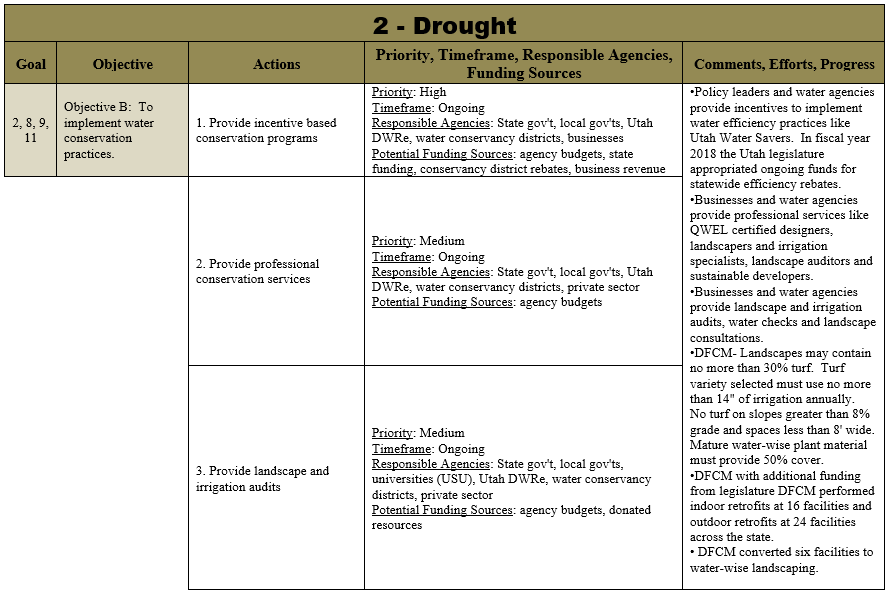





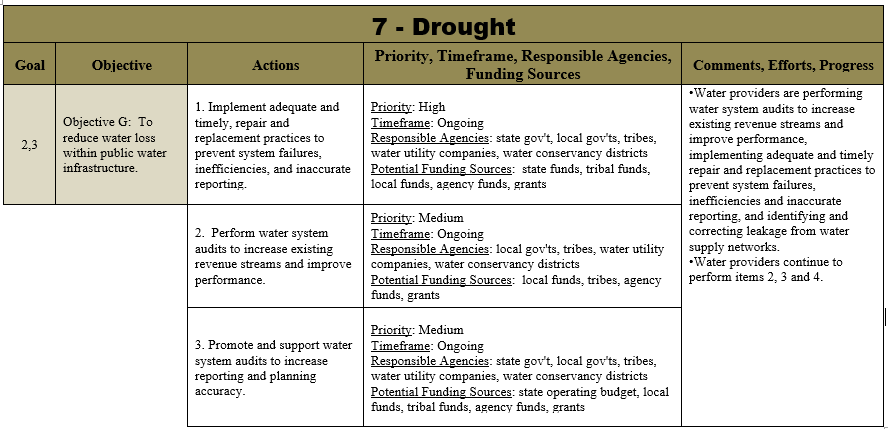














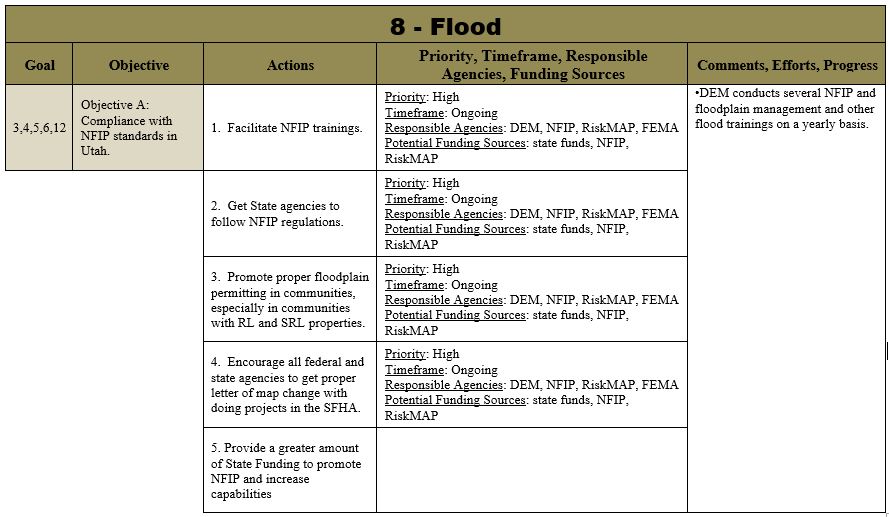







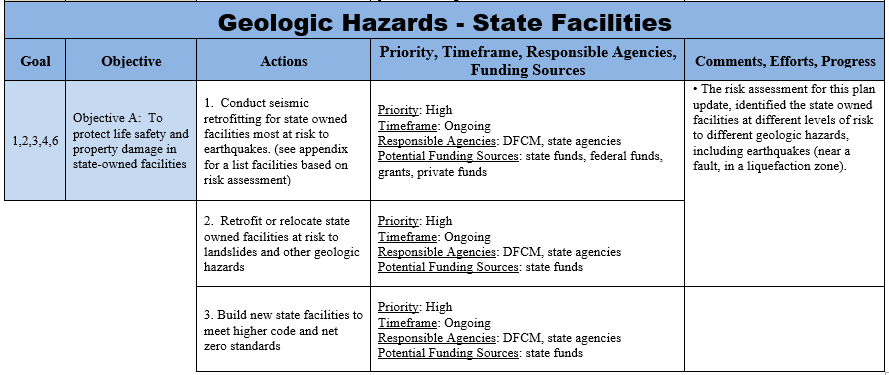 Utah Seismic Projects 2003 - Present
Utah Seismic Projects 2003 - Present


 Map of State Owned Mobile Weather Stations
Map of State Owned Mobile Weather Stations





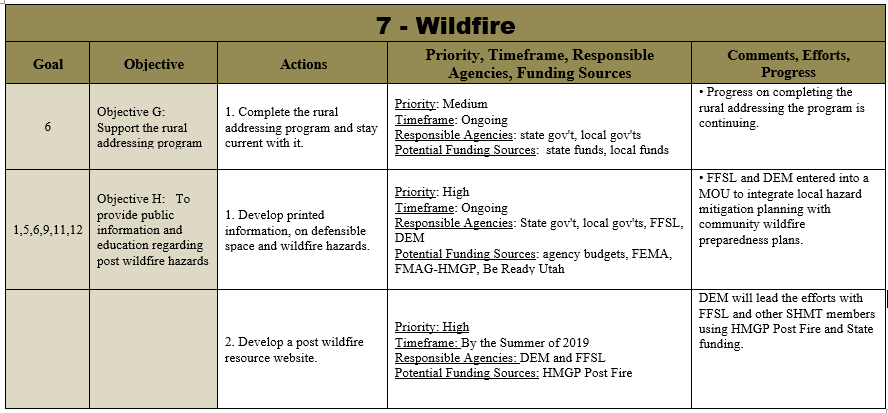
 FFSL CatFire Projects FY 2021
FFSL CatFire Projects FY 2021Utah Hazard Mitigation Strategy Goals
1. Protection of life safety before, during, and after the event of a disaster
2. Protection of critical facilities, structures, and infrastructure
3. Eliminate and/or reduce property damage, especially to repetitive loss (RL ) and severe repetitive loss (SRL) properties and properties in historic districts.
4. Advocate, support, and promote the use of state laws and local and tribal regulations and ordinances aimed to mitigate hazards
5. Assist and support state, local, and tribal planning efforts before, during, and after the effects from hazard events
6. Promote education and awareness programs, campaigns, and efforts designed to encourage citizens, private and public entities, and local, state, and tribal agencies to mitigate against hazards
7. Protection of communication and warning systems
8. Preserve, protect, and/or restore natural systems, natural resources, and other environmental conditions against hazard events
9. Combine hazard loss reduction efforts with other environmental, social, and economic needs of the state
10. Ensure government continuity
11. Avoid risk of exposure to natural and technological hazards
12. Provide a basis for prioritizing and funding mitigation projects, with a prioritization given to RL and SRL properties for flood mitigation projects and also for projects in historic districts.
Case Study

Ogden River Restoration Project
